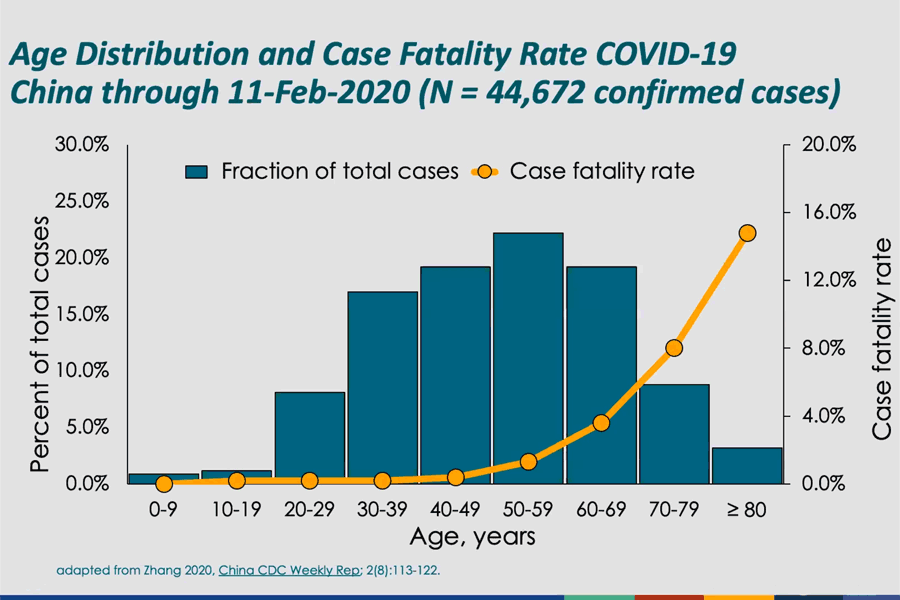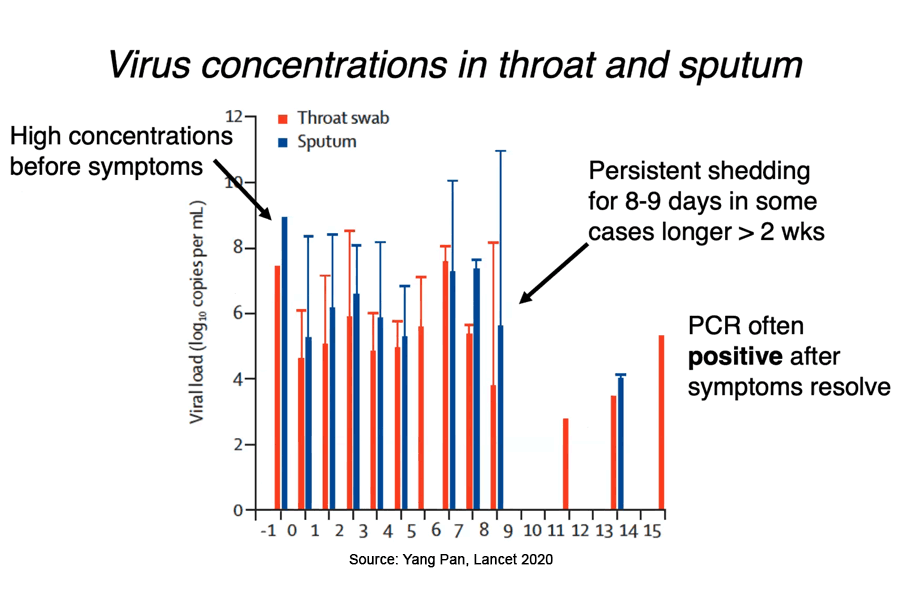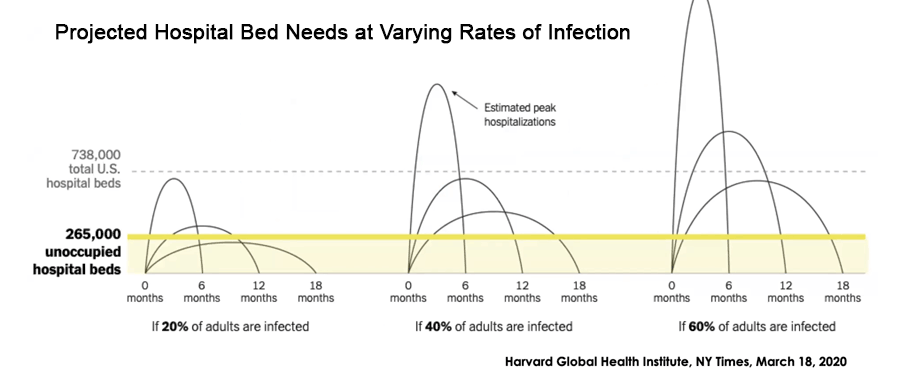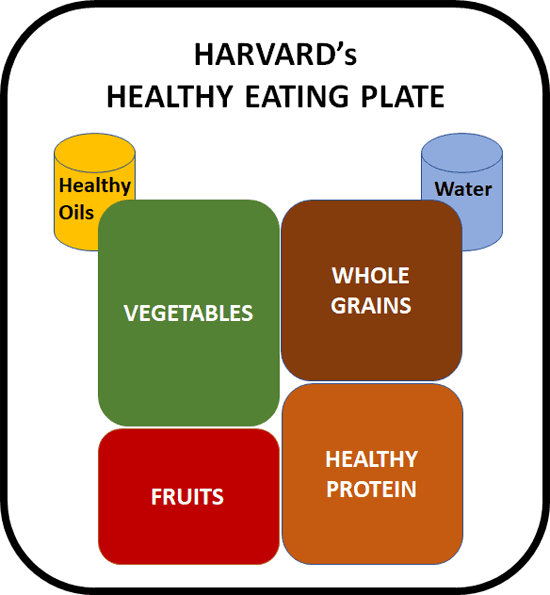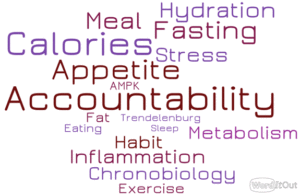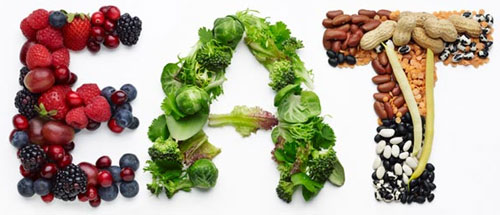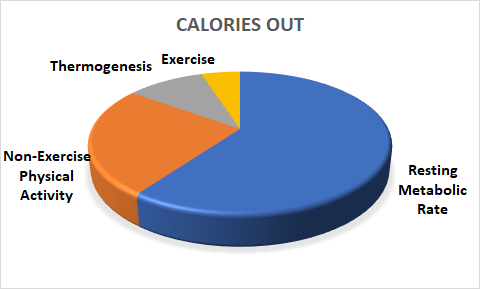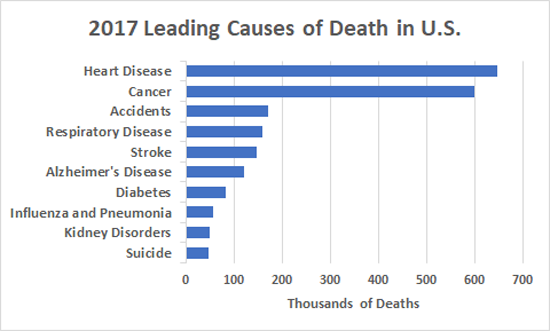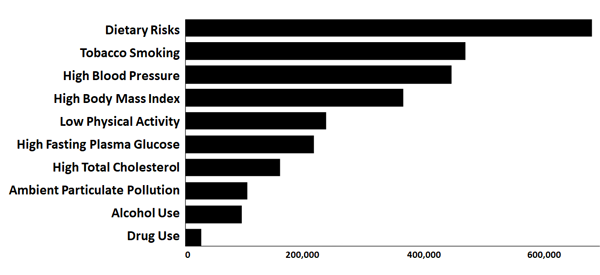As noted in an earlier post, my husband and I are dedicated locavores who regularly patronize the Beaverton Farmer’s Market. I love milling around the fruit and vegetable stands, and it is great fun to interact casually with all the other locals who share our enthusiasm.
Our favorite weekly pastime has been disrupted by the coronavirus pandemic. The usual crowds will not allow for a safe distance to prevent viral transmission. We don’t want to roll the dice and hope that we’ll avoid infection or weather it successfully should we succumb. Since we’re still committed to supporting local farmers, our next best strategy is to buy a share in Community Supported Agriculture (CSA).
Farmers create CSAs to establish patronage for their wares. In return for advance payment for a season’s worth of produce, they provide a weekly allotment of fruits, vegetables, flowers, or other items at designated pick-up locations. This arrangement helps them manage their cash flow and handle marketing efforts before spending really long days in the field. Their shareholders get ultra-fresh, ultra-healthy, chemical-free food along with exposure to new vegetables and new ways of cooking. They also develop relationships with the farmers who grow their food.
In the best of all worlds, farmers receive a great income for their labors, and shareholders reap the bounty of a delicious harvest for however long the season lasts. Should nature conspire against the farmers and yields run lower than anticipated, shareholders agree explicitly to get a little less value for their dollars. That’s where the “support” comes into community supported agriculture. It’s a commitment to support local farmers in plenty and in want. I think it’s a fair and reasonable deal. They put themselves on the line every year to provide for our bodily nourishment. It’s only right that we put our dollars on the line to provide for their financial security.
Whether you are a patron of a farmer’s market or a CSA shareholder, you are in partnership with Mother Earth and the future generations that she’ll support. By purchasing organically grown, locally produced fruits and vegetables, you’ll contribute to:
Attentive care of the soil on which life depends: According to a Cornell University study, it takes 20 years for less than a millimeter of soil to replenish itself naturally. Organic farmers help Mother Nature along by ensuring that they do not needlessly deplete the soil’s nutrients and by planting nutrient-rich cover crops to replenish this living organism. Cover crops also protect the land from top soil run-off. According to the United Nations, poor soil management globally accounts for loss of a third of the world’s arable land and could reach a point of crisis within the next few decades.
Protection of our groundwater and marine habitats: According to the US Geological Survey, roughly 25 metric tons of nitrogen, phosphate, and potassium flood U.S. soils annually to boost yields. The excess leaches into the soil and contaminates our groundwater. Moreover, the runoff contributes to algae blooms in our major waterways, oceans, and the Gulf of Mexico which disrupt our marine ecosystems.
Reduction in use of pesticides and herbicides: According to the NIH National Library of Medicine, the U.S. consumes ~1 billion tons of pesticide annually, and in 2014 alone, farmers sprayed enough glyphosate to apply 0.8 pounds per acre of cultivated cropland. While these products boost yields, they carry a hidden cost in the integrity of our natural resources and our health.
Reduction in CO2 emissions and their attendant impact on global warming: Food travels within 50-100 miles of your table, not hundreds of miles by plane, train, or automobile.
Tens of thousands of families have joined CSAs over the past few decades. In fact, they’re so popular in the Pacific Northwest that I had a difficult time finding a farmer who had available shares for purchase. Suffice it to say, I’m glad that I finally got off the dime and signed up for a June through October season. It does the planet, the farmer, and my household good!

